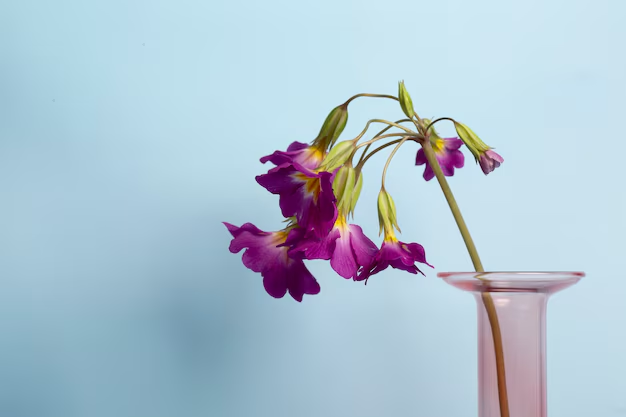Freesias are a favorite among flower lovers for their vibrant colors and delightful fragrance. These lovely blooms are perfect for spring bouquets, adding a cheerful touch to any arrangement. Whether you’re creating a bouquet for a special occasion or just to brighten your home, freesias are a fantastic choice. This guide will help you understand everything you need to know about freesias, from planting to bouquet-making.
What Are Freesias?
Freesias are flowering plants that belong to the Iridaceae family. They are known for their funnel-shaped flowers that grow in clusters. Freesias come in a wide range of colors, including yellow, white, pink, red, and purple, making them versatile for any floral arrangement.
Unique Features
- Fragrance: Freesias are famous for their sweet, citrusy scent, which can fill a room with a lovely aroma.
- Blooming Season: They typically bloom in spring, making them a seasonal favorite for bouquets.
- Height: Freesias can grow to about 12 to 18 inches tall, making them perfect for both bouquets and garden displays.
Planting Freesias
When to Plant
If you want to grow freesias yourself, the best time to plant them is in the fall or early spring. This timing allows the bulbs to establish roots before blooming in spring.
Where to Plant
Freesias thrive in well-draining soil and full sun. Choose a spot in your garden that receives at least six hours of sunlight daily.
How to Plant
- Prepare the Soil: Loosen the soil and mix in some compost to enhance drainage and nutrients.
- Plant the Bulbs: Dig holes about 2-3 inches deep and place the bulbs with the pointed end facing up. Space them about 6 inches apart.
- Watering: Water the bulbs lightly after planting to help settle the soil. Continue to water regularly, ensuring the soil stays moist but not soggy.
Caring for Freesias
Watering
Freesias require consistent moisture, especially during their growing season. Water them deeply once a week, allowing the soil to dry out slightly between waterings.
Fertilizing
To promote healthy growth and vibrant blooms, feed your freesias with a balanced fertilizer every month during the growing season.
Mulching
Adding a layer of mulch can help retain soil moisture, suppress weeds, and regulate soil temperature.
Harvesting Freesias for Bouquets
When to Harvest
Freesias are ready to be harvested when the first few flowers open. It’s best to cut them in the morning when temperatures are cooler.
How to Cut
- Use Clean Scissors: Ensure your cutting tools are clean to prevent infections.
- Cut at an Angle: Cut the stems at a 45-degree angle to allow better water absorption.
- Remove Lower Leaves: Strip any leaves that will be below the waterline in your vase.
Creating Spring Bouquets with Freesias
Choosing Other Flowers
Freesias pair beautifully with other spring flowers like tulips, daffodils, and hyacinths. Their vibrant colors and fragrance complement many blooms.
Arranging the Bouquet
- Start with a Base: Use greenery like ferns or eucalyptus to create a base for your bouquet.
- Add Freesias: Place freesias evenly throughout the arrangement, ensuring they are at varying heights for visual interest.
- Fill with Other Flowers: Add your choice of complementary flowers and adjust the arrangement until it looks balanced.
Caring for Your Bouquet
Place your bouquet in fresh water and keep it in a cool spot away from direct sunlight. Change the water every few days to keep the flowers fresh longer.
Conclusion
Freesias are an excellent choice for spring bouquets due to their beautiful colors and lovely scent. By planting and caring for freesias, you can enjoy these stunning flowers in your garden and use them to create delightful arrangements. Whether for a special occasion or just to brighten your home, freesias will bring joy and beauty to any space.
